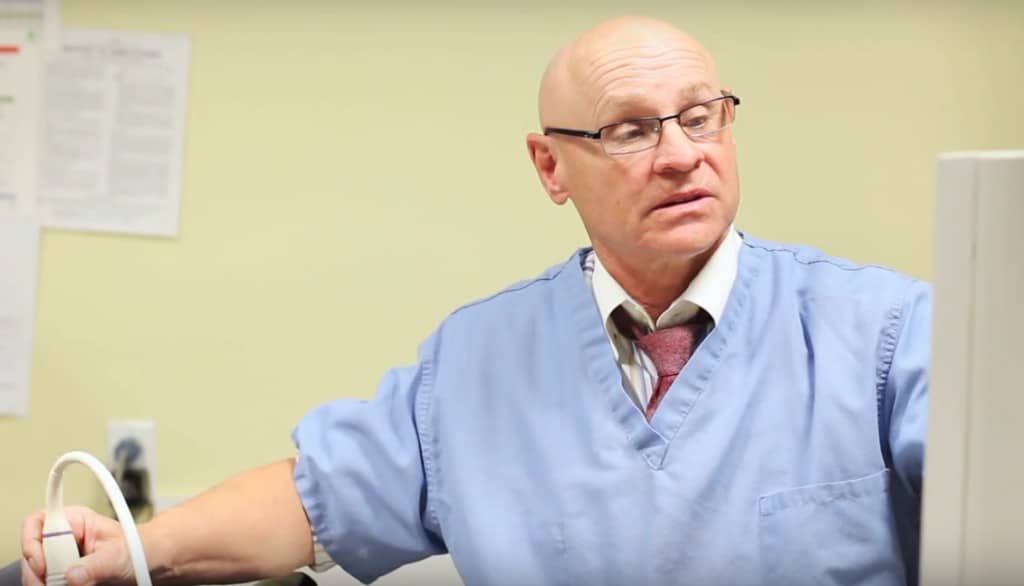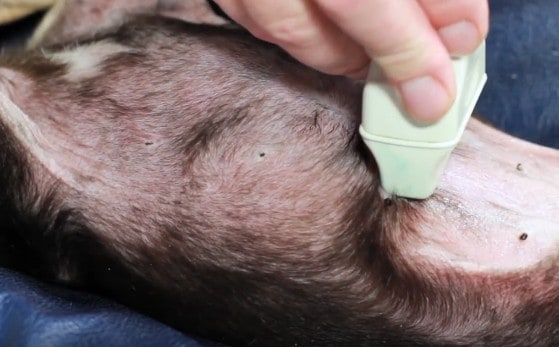When your pet is set for an ultrasound appointment, it’s important to be aware of what this means for your pet. Here are some things you should know about the procedure.
Why does my pet need an ultrasound?
An ultrasound, also known as ultrasonography, is the use of echoes and sound to reflect or project an image from within the body. To do this procedure, a narrow beam of high-frequency sound waves is launched at a specific location, effectively reflecting the makeup of your pet’s bodily function.

The process is done to view the internal organs and surrounding tissues within the system. It is often recommended to check for possible complications in the patient or to check for a possible pregnancy. While this medical process may be effective in examining the open areas in the body, unfortunately, it cannot pass through bones or air-filled organs such as your lungs.
Overall, an ultrasound is a great medical imaging technique that utilizes advanced technology to determine the diagnosis of your pet. It is a great non-invasive procedure that is a step towards understanding your furry friend’s needs, and providing them with medical attention and treatment.
Benefits of a pet ultrasound
When needed, here’s a list of reasons why you should consider submitting your pet for an ultrasound.
- Harmless, non-invasive procedure
- Non-complicated, and comfortable experience for your pet
- Quick and real-time results
- Immediate diagnosis of visible problem area
- No need for sedation or anesthesia
- Allows for examination of the stomach, kidneys and surrounding organs
- May identify cysts or tumors if any
- Can be used to check for female pregnancy
- Great way to examine the heart and blood vessels
- Administration of biopsy if needed
- Conducted by a licensed and highly trained professional
- Submitted to a veterinary radiologist for further examination
How do I prepare my pet for an ultrasound?
In order to properly prepare your pet for an ultrasound, it is vital to fast your furry friend for at least 8 hours before the procedure.
It might also be a good idea to have your pet drink lots of water. A full bladder will allow for better sound vibrations that can result in better imagery. Otherwise, your pet may be requested to board for a couple of hours so the bladder can fill up.
During an examination, it is important that your pet’s stomach is free from any blockages that may be put a hamper on visibility and your vet’s ability to diagnose the problem. Cooperation is key here, and doing so will only enable veterinary professionals to provide your pet necessary care right away.

Does my pet need to be shaved for an ultrasound?
For the ultrasound to be done smoothly, a section of your pet’s hair may be shaved for the procedure.
Because the machine needs to have direct maximum power for clear results, it needs to come in contact with your pet’s skin, hence the reason for shaving.
In some other cases, such as determining pregnancy, large amounts of ultrasound gel may work on its own. However, direct contact is still preferred and recommended by vets.
When will the results come out?
Since your pet’s internal make-up is displayed through the monitor of the machine, the results are real-time and you can find out right away.
Your vet will be able to come up with a proper prognosis based on the imagery as seen on the machine.
However, if you are referring to a certified radiologist’s interpretation, you may have to wait a couple more days to up to a week depending on their availability.
